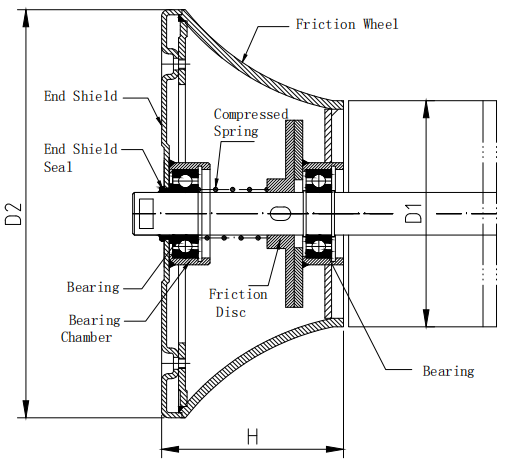 Afrikaans
Afrikaans  Albanian
Albanian  Amharic
Amharic  Arabic
Arabic  Armenian
Armenian  Azerbaijani
Azerbaijani  Basque
Basque  Belarusian
Belarusian  Bengali
Bengali  Bosnian
Bosnian  Bulgarian
Bulgarian  Catalan
Catalan  Cebuano
Cebuano  Corsican
Corsican  Croatian
Croatian  Czech
Czech  Danish
Danish  Dutch
Dutch  English
English  Esperanto
Esperanto  Estonian
Estonian  Finnish
Finnish  French
French  Frisian
Frisian  Galician
Galician  Georgian
Georgian  German
German  Greek
Greek  Gujarati
Gujarati  Haitian Creole
Haitian Creole  hausa
hausa  hawaiian
hawaiian  Hebrew
Hebrew  Hindi
Hindi  Miao
Miao  Hungarian
Hungarian  Icelandic
Icelandic  igbo
igbo  Indonesian
Indonesian  irish
irish  Italian
Italian  Japanese
Japanese  Javanese
Javanese  Kannada
Kannada  kazakh
kazakh  Khmer
Khmer  Rwandese
Rwandese  Korean
Korean  Kurdish
Kurdish  Kyrgyz
Kyrgyz  Lao
Lao  Latin
Latin  Latvian
Latvian  Lithuanian
Lithuanian  Luxembourgish
Luxembourgish  Macedonian
Macedonian  Malgashi
Malgashi  Malay
Malay  Malayalam
Malayalam  Maltese
Maltese  Maori
Maori  Marathi
Marathi  Mongolian
Mongolian  Myanmar
Myanmar  Nepali
Nepali  Norwegian
Norwegian  Norwegian
Norwegian  Occitan
Occitan  Pashto
Pashto  Persian
Persian  Polish
Polish  Portuguese
Portuguese  Punjabi
Punjabi  Romanian
Romanian  Russian
Russian  Samoan
Samoan  Scottish Gaelic
Scottish Gaelic  Serbian
Serbian  Sesotho
Sesotho  Shona
Shona  Sindhi
Sindhi  Sinhala
Sinhala  Slovak
Slovak  Slovenian
Slovenian  Somali
Somali  Spanish
Spanish  Sundanese
Sundanese  Swahili
Swahili  Swedish
Swedish  Tagalog
Tagalog  Tajik
Tajik  Tamil
Tamil  Tatar
Tatar  Telugu
Telugu  Thai
Thai  Turkish
Turkish  Turkmen
Turkmen  Ukrainian
Ukrainian  Urdu
Urdu  Uighur
Uighur  Uzbek
Uzbek  Vietnamese
Vietnamese  Welsh
Welsh  Bantu
Bantu  Yiddish
Yiddish  Yoruba
Yoruba  Zulu
Zulu Rubber Lagging for Conveyor Pulley - Enhance Performance and Durability
The Importance of Rubber Lagging for Conveyor Pulleys
Conveyor systems play a crucial role in various industries, from mining to manufacturing, by efficiently transporting materials over long distances. One of the key components that significantly enhance the performance of conveyor systems is the conveyor pulley. To maximize their efficiency and lifespan, conveyor pulleys often utilize rubber lagging—a protective layer that offers multiple benefits.
The Importance of Rubber Lagging for Conveyor Pulleys
Another significant advantage of rubber lagging is its ability to provide a protective barrier against wear and tear. Conveyor systems are typically exposed to harsh operating conditions, including contact with abrasive materials, moisture, and varying temperatures. The rubber layer helps absorb the impact, thus prolonging the life of the pulley itself. By mitigating wear, rubber lagging reduces maintenance costs and extends the operational life of both the pulleys and the conveyor system as a whole.
rubber lagging for conveyor pulley

Furthermore, rubber lagging can also improve the overall efficiency of the conveyor system. The additional grip provided by the lagging reduces the power required to drive the conveyor, leading to lower energy costs. Energy efficiency is a crucial aspect of modern operations, as companies strive to reduce their carbon footprint and operational costs. By optimizing the performance of conveyor systems through effective use of rubber lagging, companies can achieve both environmental and economic benefits.
In addition to these functional advantages, rubber lagging can also contribute to noise reduction. The thick rubber layer dampens vibrations and sounds produced during the operation of the conveyor system. This is particularly beneficial in environments where noise levels need to be minimized for compliance with health and safety regulations or simply to create a more pleasant working atmosphere.
In conclusion, the use of rubber lagging on conveyor pulleys is an essential practice in optimizing conveyor performance. By enhancing friction, protecting against wear, improving energy efficiency, and reducing noise, rubber lagging contributes significantly to the reliability and effectiveness of conveyor systems. Its implementation is a smart investment for any industry reliant on conveyor technology, ensuring smoother operations and longer-lasting equipment. As industries continue to evolve, the incorporation of advanced materials like rubber lagging will remain vital for maintaining efficiency and productivity.
-
Revolutionizing Conveyor Reliability with Advanced Rubber Lagging PulleysNewsJul.22,2025
-
Powering Precision and Durability with Expert Manufacturers of Conveyor ComponentsNewsJul.22,2025
-
Optimizing Conveyor Systems with Advanced Conveyor AccessoriesNewsJul.22,2025
-
Maximize Conveyor Efficiency with Quality Conveyor Idler PulleysNewsJul.22,2025
-
Future-Proof Your Conveyor System with High-Performance Polyurethane RollerNewsJul.22,2025
-
Driving Efficiency Forward with Quality Idlers and RollersNewsJul.22,2025





























